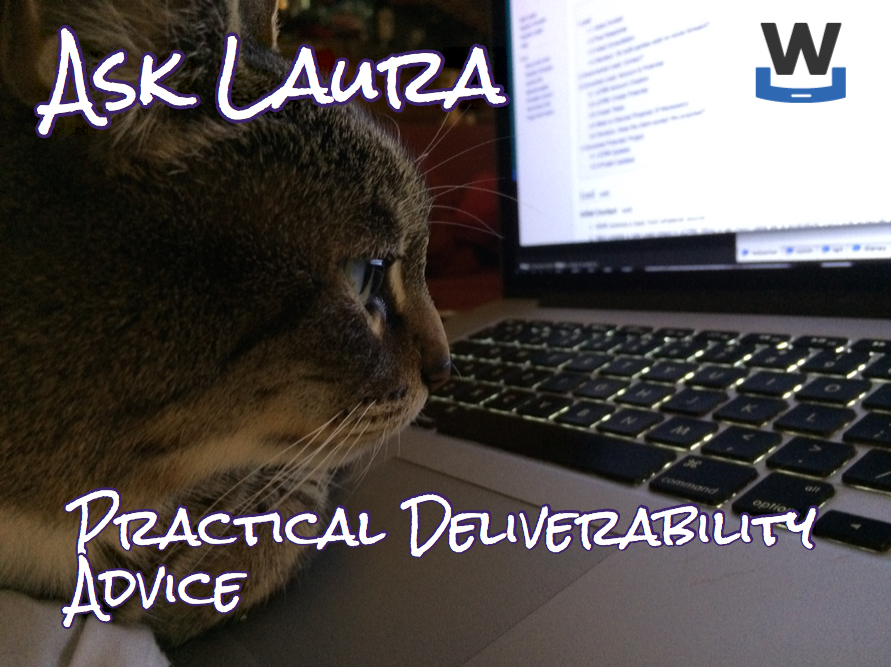Improving Outlook Email Display
Today Litmus announced they had partnered with Microsoft to fix many of the rendering issues with Outlook. Congrats, Litmus! This is awesome. I know a lot of folks have tried to get MS to the table to fix some of the problems with Outlook. Take a bow for getting this off the ground.
According to Litmus, the partnership has two parts.
- A rendering bugs feedback loop
- New Microsoft email clients available for testing in Litmus
Rendering bugs will be reported through Litmus to the MS development team. The new clients available for testing gives Litmus users the opportunity to code for existing and new email clients.
Great job, Litmus. This is amazing and awesome and I look forward to hearing about all the great things this partnership create.
